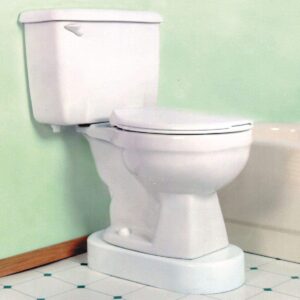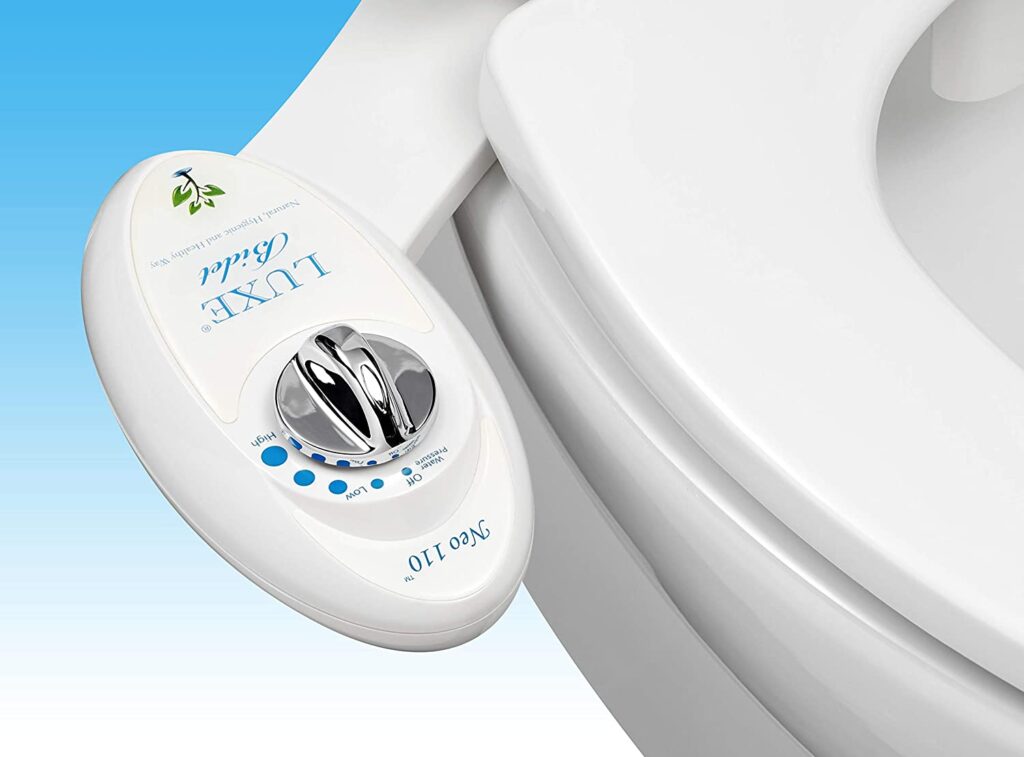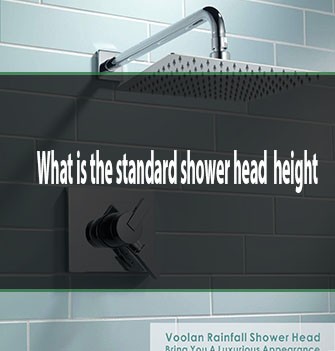 If you’re planning to buy a new toilet or replace an old one, understanding how much it weighs can be helpful. The weight affects installation, transport, and even the type of floor support you might need. Let’s break down the average weights of different types of toilets in simple terms.
If you’re planning to buy a new toilet or replace an old one, understanding how much it weighs can be helpful. The weight affects installation, transport, and even the type of floor support you might need. Let’s break down the average weights of different types of toilets in simple terms.
Table of Contents
🚽 How Much Does a Toilet Weigh?
Toilets come in various styles and sizes, and their weights can vary accordingly. Here’s a general overview:
-
Two-Piece Toilets: These are the most common and consist of a separate tank and bowl. They typically weigh between 70 to 100 pounds (32 to 45 kg). For example, the Kohler Highline weighs about 102 lbs, while the TOTO Drake is around 70 lbs.
-
One-Piece Toilets: These have the tank and bowl fused into a single unit, making them heavier, usually between 80 to 120 pounds (36 to 54 kg). The American Standard Boulevard Flowise, for instance, weighs approximately 117 lbs.
-
Wall-Hung Toilets: Designed to be mounted on the wall, these are lighter, averaging between 50 to 75 pounds (23 to 34 kg), to reduce strain on the wall structure.
🧱 Breaking Down the Components
Understanding the weight of individual parts can also be useful:
-
Toilet Bowl: The bowl is the heaviest part. In two-piece toilets, it typically weighs between 50 to 60 pounds (23 to 27 kg). Some models, like the American Standard Madera, weigh around 53 lbs.
-
Toilet Tank: The tank’s weight varies depending on its capacity and material. On average, it weighs between 25 to 40 pounds (11 to 18 kg). For instance, the Kohler 1.6 GPF tank weighs about 40 lbs.
-
Toilet Seat and Lid: These add an additional 5 to 15 pounds (2 to 7 kg), depending on the material and design.
🛠️ Why Does Toilet Weight Matter?
-
Installation: Heavier toilets, like one-piece models, can be more challenging to install due to their weight. Two-piece toilets are easier to handle since the tank and bowl can be installed separately.
-
Floor Support: Older homes or bathrooms with weaker flooring may require consideration of the toilet’s weight to ensure proper support.
-
Transport and Handling: If you’re moving the toilet yourself, knowing its weight helps in planning for safe lifting and transport.
🧾 Quick Reference Table
| Toilet Type | Average Weight (lbs) | Notes |
|---|---|---|
| Two-Piece | 70 – 100 | Common, easier to install |
| One-Piece | 80 – 120 | Sleeker design, heavier |
| Wall-Hung | 50 – 75 | Space-saving, requires wall support |
| Toilet Bowl | 50 – 60 | Heaviest component |
| Toilet Tank | 25 – 40 | Varies with capacity and material |
| Seat & Lid | 5 – 15 | Depends on material and design |
✅ Final Thoughts
When choosing a toilet, consider its weight in relation to installation, floor support, and ease of handling. Two-piece toilets offer flexibility and are generally easier to install, while one-piece toilets provide a modern look but are heavier. Wall-hung toilets save space but require sturdy wall support. Always check the specifications of the model you’re interested in to ensure it fits your needs.






